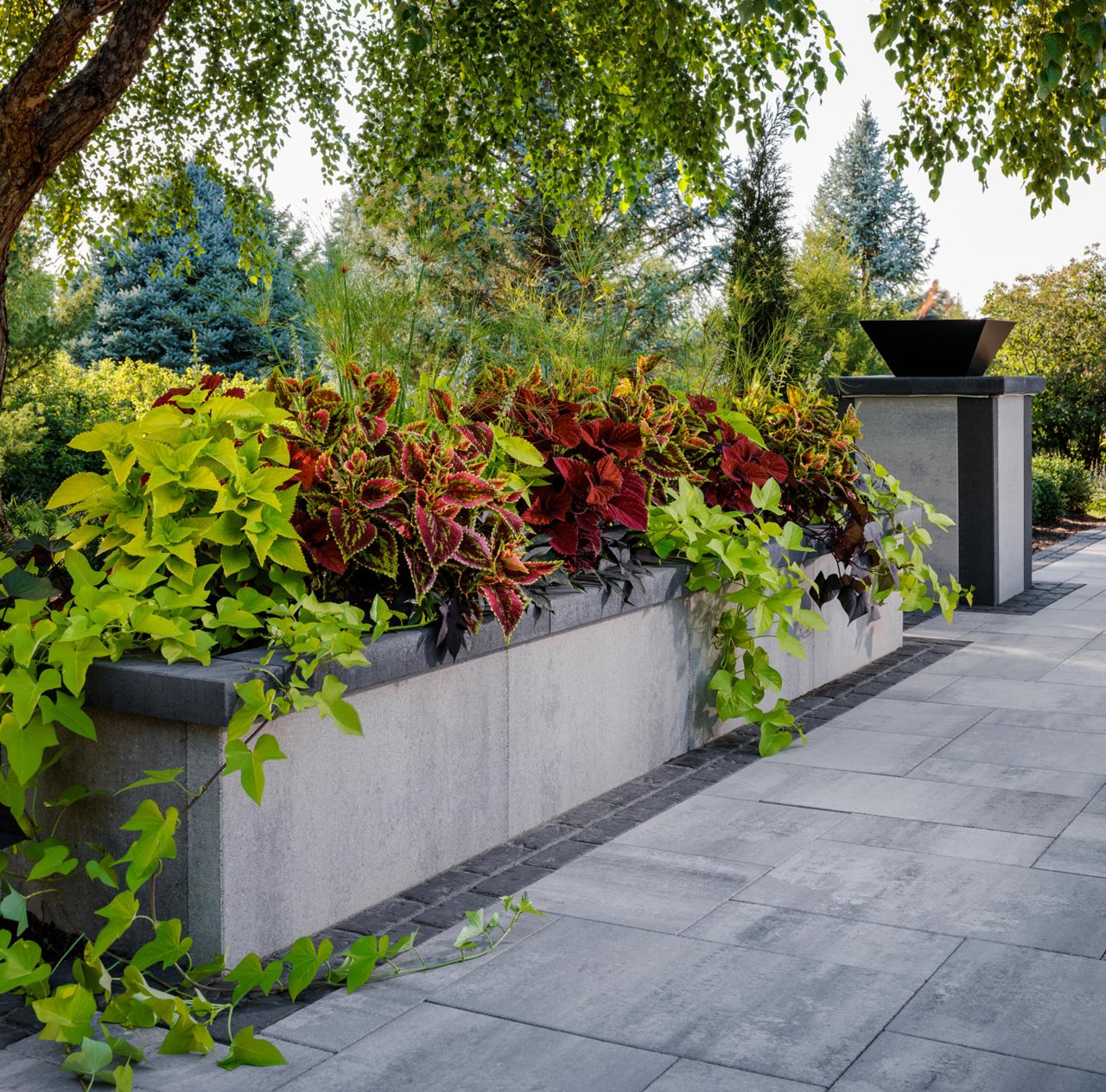2024-09-04T08:01:00
(BPT) – Natural green spaces provide a vital space for recreation, relaxation and social interaction, according to the National Association of Landscape Professionals. In urban cities especially, they serve as a critical outlet for kids to get outside and play. Organized youth sports programs ensure that kids are taking advantage of the physiological and psychological benefits provided by natural green spaces.
But, many children from lower-income areas don’t always have easy access to green spaces or the extra household funds to join a sports team or organized outdoor activity.
That’s why Scotts has kicked off a multi-year partnership with Every Kid Sports, a national nonprofit organization, to financially support income-restricted families by funding youth sports registration fees through The Every Kid Sports Pass, with the goal to provide expanded access to natural green spaces. Scotts has already funded registration fees for more than 400 youths this year alone.
“Here at Scotts we understand the immense power of natural green spaces and the role they play in helping kids and their families to play, thrive, learn and grow,” said John Sass, Vice President, Chief Creative Officer of ScottsMiracle-Gro. “This has been a passion of ours for the past decade and something that we think about within our own families, so we’re proud to be partnering with Every Kid Sports to help more kids enjoy youth sports and reap all of the benefits of natural green spaces at the same time.”
To further this mission, Scotts is leveraging scientific research and qualified experts to educate and inform the public about the variety of benefits that natural green spaces, especially natural turfgrass sports fields, offer to kids, families, communities and professional athletes alike.
Is natural turfgrass safer than artificial turf?
There’s ongoing debate over natural turfgrass versus artificial turf, specifically for playgrounds and sports fields. As a leader in lawn care, Scotts is an advocate for healthy and safe green spaces as they offer numerous physical, mental and environmental benefits.
A study from the Journal of Environmental Quality states that natural green spaces can improve mental health, increase productivity and lead to an overall better quality of life, especially in densely populated urban areas. Furthermore, environmental benefits of natural turfgrass include the removal of carbon dioxide, dirt and dust from the atmosphere as well as natural heat dissipation, according to the Department of Local Government, Sports and Cultural Industries.
Despite these benefits, the National Recreation and Park Association states that there are approximately 13,000 synthetic turf sports fields in the U.S. alone with around 1,500 new installations each year. For many, the argument is that artificial turf is easier to upkeep and longer-lasting, but the use of artificial turf presents many risks.
Artificial turf can contain harmful chemical substances perfluoroalkyl and polyfluoroalkyl, known as PFAS, and spread microplastic pollution. Brigham Young University research explains crumb rubber infill amongst synthetic “grass” blades is a microplastic that migrates beyond sports fields, polluting surrounding environments. Artificial turf has also been shown to exacerbate heat problems and many athletes can attest to feeling the intense heat in their cleats when playing on artificial turf.
Artificial turf is also not as physically safe for athletes, no matter their age or skill level. According to the American Journal of Sports Medicine, artificial turf fields can significantly increase the likelihood of non-contact injuries. Play tends to be faster on artificial turf, leading to harder falls due to its less absorbent nature. The NFL Players Association agrees on its preference for natural grass fields, urging the league to swap all fields to grass.
As the debate around natural turfgrass versus artificial turf continues, evidence supporting the benefits of natural turfgrass grows clearer. These spaces are not just areas for play; they are vital components of our communities that offer safe environments for children and adults alike.
Through its partnership with Every Kid Sports, Scotts is making a concerted effort to ensure that more children, especially those from underserved communities, have access to the benefits of natural green spaces. The commitment to green spaces is not just about maintaining lawns — it’s about cultivating healthier, happier and more resilient communities.

















